Aluminum sand casting is a widely used metal casting process where molten aluminum is poured into a mold made of sand. The sand mold is created using a pattern, which shapes the cavity where the aluminum solidifies into the desired part. This process is highly versatile, cost-effective, and suitable for producing aluminum components with a range of sizes and complexities.
Aluminum Sand Casting in Innovaw
Innovaw has three sand casting production lines, including molding machine, sand fall machine, vibrating table, surface drying kiln, turning mold lifter, box closing machine, sand treatment equipment, storage and conveying system, sand Mixing and other equipment. Sand casting is available in resin, quartz sand and clay sand.
Our sand casting products cover industries such as marine vessels, automotive parts, aerospace, construction, heavy machinery, oil & gas, railroad industry, power generation facilities, and more. The product size ranges from 200*200mm to 1000*1000mm, the weight ranges from 100g to 100Kg, and the daily production capacity is 3-5 tons.
Material Scope:
Aluminum:
ASTM-A319, A413, A355, A356, A357
JIS-AC2B, AC4D, AC4C, AC3A, AC4A
DIN-AlSi7cu4, AlSi5cu1Mg, AlSi7Mg, AlSi12, AlSi9Mg, AlSi12Cu2Mg1, AlSi6Cu4
ENAC-45000, 45300, 42100, 44100, 43300
In order to better provide one-stop service to our customers, Innovaw continues to maintain a high level of investment in research and development in the field of aluminum sand casting.
We continue to improve the details of sand casting process in practice, pursuing every bit of progress.
We are constantly researching material properties and studying the optimal application of different materials in the sand casting field.
What Is Sand Casting?
Aluminum sand casting is a widely used metal casting process where molten aluminum is poured into a mold made of sand. The sand mold is created using a pattern, which shapes the cavity where the aluminum solidifies into the desired part. This process is highly versatile, cost-effective, and suitable for producing aluminum components with a range of sizes and complexities.
1. Key Characteristics
- Sand Mold:
. The mold is made of sand mixed with a binder to hold its shape.
. Can be reusable (for permanent patterns) or single-use.
- Versatile Geometry: Supports simple to moderately complex shapes, including internal cavities (using sand cores).
- Material Range: Compatible with aluminum alloys that require lightweight and corrosion-resistant properties.
- Cost-Effective: Ideal for low-to-medium production volumes with low tooling costs.
2. The Process of Sand Casting
- Pattern Making:
. A pattern of the part is created, usually from wood, metal, or plastic.
. The pattern can be split into sections to facilitate mold assembly.
- Mold Creation:
. Sand mixed with a binder is packed around the pattern in a mold box.
. For parts with hollow sections, sand cores are placed inside the mold.
- Pattern Removal: The pattern is carefully removed, leaving a cavity in the sand shaped like the part.
- Mold Assembly: The mold halves are assembled, and the gating system (channels for metal flow) is created.
- Pouring: Molten aluminum is poured into the mold through the gating system.
- Solidification and Cooling: The metal solidifies as it cools within the sand mold.
- Shakeout and Cleaning:
. The mold is broken apart to remove the casting.
. Excess material (gates, runners, risers) is removed, and the part is cleaned.
- Finishing: The casting is inspected, and additional finishing (e.g., machining or polishing) is performed if necessary.
3. Advantages of Sand Casting
- Cost-Effective for Low Volumes: Low tooling costs make it suitable for small batch production.
- Size Flexibility: Can produce parts ranging from small to very large.
- Material Efficiency: Reusable sand and minimal waste.
- Design Adaptability: Can handle complex geometries, including internal cavities.
-Durable Materials: Aluminum's lightweight and corrosion resistance make it ideal for many applications.
4. Common Applications of Sand Casting
- Automotive Industry: Engine housings, transmission cases, and brake components.
- Aerospace: Lightweight structural parts and engine components.
- Industrial Machinery: Pumps, valves, and brackets.
- Construction: Architectural components like railings and light fixtures.
5. Limitations of Sand Casting
- Surface Finish: Coarser than other casting methods, often requiring post-processing.
- Dimensional Accuracy: Less precise compared to investment or die casting
- Cycle Time: Longer due to mold preparation and cooling.
- Fragility of Sand Cores: Intricate cores can break during handling or casting.
Comparison with Other Casting Methods
|
Feature |
Sand Casting |
Die Casting |
Investment Casting |
|
Surface Finish |
Moderate |
Excellent |
Excellent |
|
Dimensional Accuracy |
Moderate |
High |
High |
|
Part Complexity |
Moderate to High |
High |
Very High |
|
Production Speed |
Slow |
Fast |
Slow |
|
Initial Cost |
Low |
High |
High |
|
Size Range |
Small to very large |
Small to medium |
Small to medium |







.png)


.png) +86-574-83036520
+86-574-83036520 +86-574-83008051
+86-574-83008051 sales@innovaw.com
sales@innovaw.com

.png)

.png)
.png)
.png)

.png)
.png)
.png)
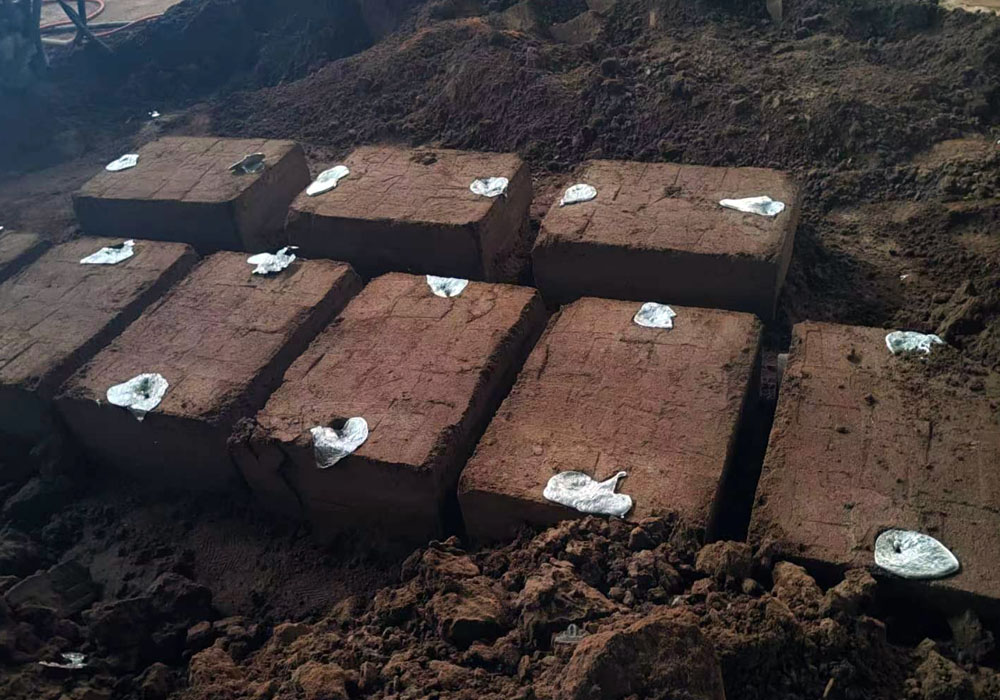
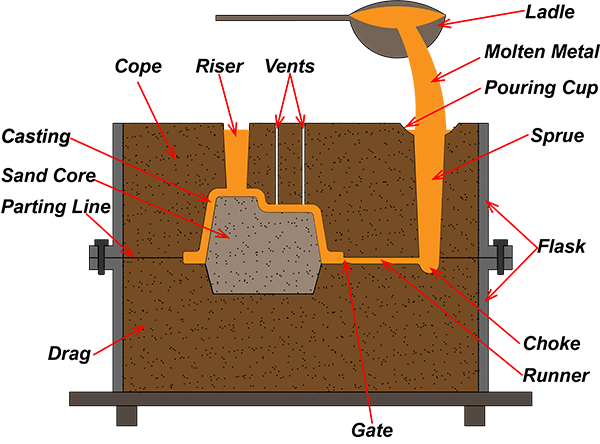
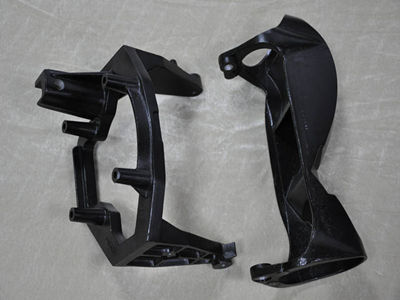
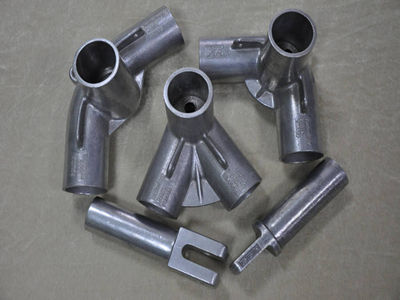
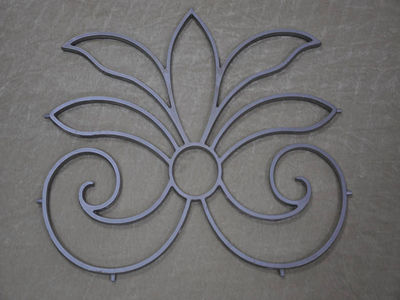
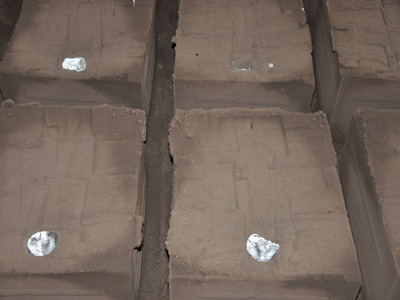
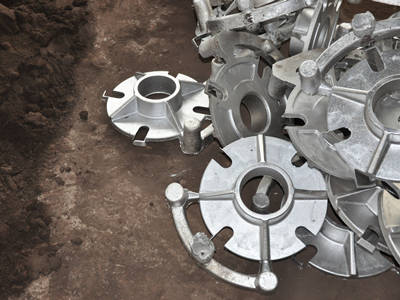
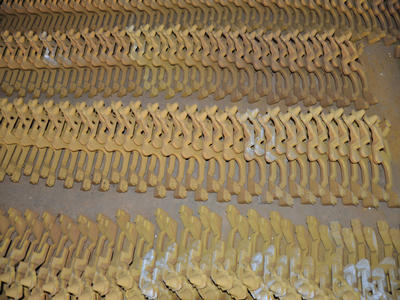
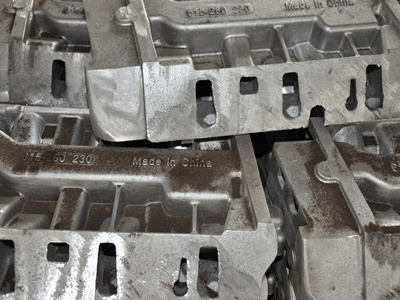
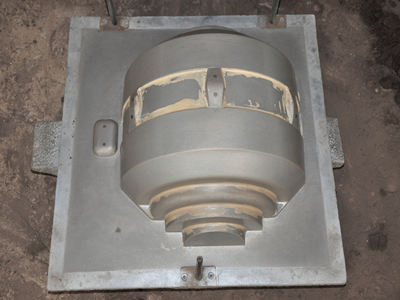
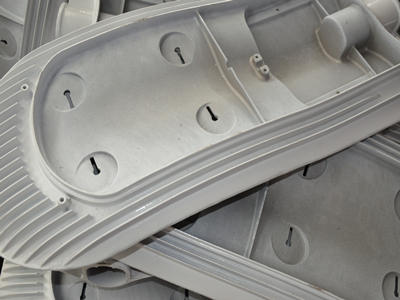





.png)

